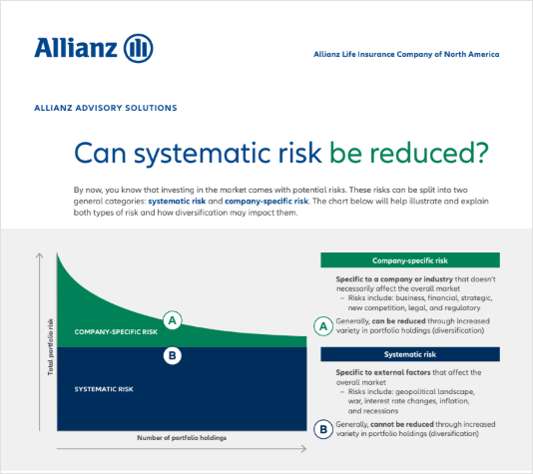| Index | January 2004 | QTD | YTD | Description |
| S&P 500 Index* | 1.73% | 1.73% | 1.73% | Large-cap stocks |
| DJIA* | 0.33% | 0.33% | 0.33% | Large-cap stocks |
| Nasdaq Comp.* | 3.13% | 3.13% | 3.13% | Large-cap tech stocks |
| Russell 1000 Growth | 2.04% | 2.04% | 2.04% | Large-cap growth stocks |
| Russell 1000 Value | 1.76% | 1.76% | 1.76% | Large-cap value stocks |
| Russell 2000 Growth | 5.25% | 5.25% | 5.25% | Small-cap growth stocks |
| Russell 2000 Value | 3.46% | 3.46% | 3.46% | Small-cap value stocks |
| MSCI EAFE | 1.42% | 1.42% | 1.42% | Europe, Australasia & Far East Index |
| Lehman Aggregate | 0.80% | 0.80% | 0.80% | U.S. Government Bonds |
| Lehman High Yield | 1.91% | 1.91% | 1.91% | High-yield corporate bonds |
| Carr CTA Index | -0.46% | -0.46% | -0.46% | Managed futures |
| 3-month Treasury Bill | . | . | 0.08% | |
| Estimates as of January 31, 2004. *Return numbers do not include dividends. |
With the first month of the year showing impressive returns for nearly every size and valuation segment of the market, the excitement of the fans of the so-called "January Barometer" can hardly be contained.
Simply put, the indicator is said to portend a good year for stock investors if the market boasts a positive return in January. But if stocks tank in the first month of the year, that's a signal the market is heading lower.
To get a more detailed look at how valuable the January Barometer actually is, an examination of its more recent results is in order. Over the last quarter century, for example, the barometer has correctly predicted the direction of the market 19 out of 26 times, for a 73% success rate.



